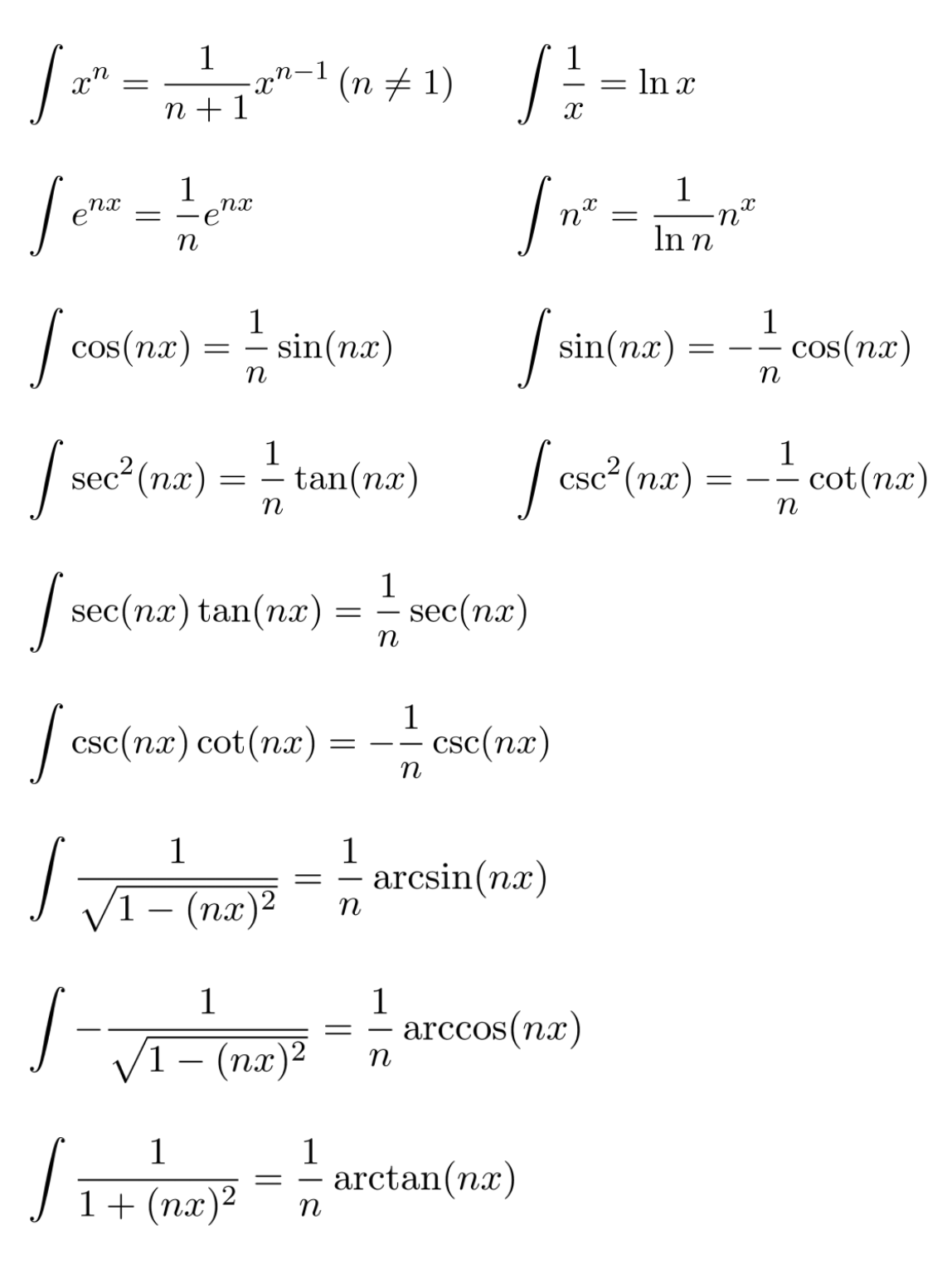Later, i was exploring the properties of this function, and i discovered its antiderivative is very simple: Có thể tìm hàm số f (x) f ( x) bằng cách tìm tích phân bất định của đạo hàm f (x) f ( x).

Integral Of X*Arctan(X) (By Parts) - Youtube
Lập tích phân để giải.

Antiderivative of arctanx. The domain must be restricted because in order for a. Set up the integral to solve. Since the derivative of x is simply 1, the numerator simplifies to 1.
Apply the integration by parts method to find the antiderivative of the given. Antiderivative is the term used in the calculus mathematics and especially in the topic of the differential equations. (click on the image to expand it as necessary.)
What you could also do is to perform a taylor expansion of the result around 0 and get i π 2 12 + x 3 3 − 2 x 5 15 + 23 x 7 315 − 44 x 9 945 + o ( x 11) compute its derivative to get X), after calculating the result 3 ⋅ x 2 2 + x 4 4 + x is returned. (check your answer by differentiation.
The derivative of the arctangent function of x is equal to 1 divided by (1+x 2) Wolfram alpha reports some highfalutin’ math here, including the hypergeometric function. The antiderivative calculator allows to integrate online any polynomial.
119007 views around the world you can reuse this answer creative commons license Given data the given inverse trigonometric function is f(x) = tan−1x f ( x) = tan − 1 x. Where ‘ denotes the derivative with respect.
Do it for any arbitrary value of x and you will get the decimal representation of this number. The derivative rule for arctan (x) is the arctan (u) rule but with each instance of u replaced by x. It was a trick question, and i was not supposed to be able to figure out the antiderivitave.
Viết arctan( x 2) arctan ( x 2) ở dạng một hàm số. The derivative rule for arctan (x) is given as: The two methods are using the chain rule using.
The anti derivatives are the type of the integral equations in which we don. The function can be found by finding the indefinite integral of the derivative. However, i struggled to find resources on this that shed light into the reasoning behind this.
Its value is 1/ (1+x 2 ). Remember to use ln |u| where appropriate.) f(x) =. Tangent only has an inverse function on a restricted domain, <x<.
Calculate online usual functions antiderivatives D/dx (s 01 e arctan x )dx that s is supposed to be an integral sign. By using this website, you agree to our cookie policy.
This website uses cookies to ensure you get the best experience. For example, to compute an antiderivative of the polynomial following x 3 + 3 x + 1, you must enter antiderivative ( x 3 + 3 x + 1; The answer is the antiderivative of the function.
The integral of e arctan x, however you figure it, would be a number, and then the derivative of the number is just zero. Ask expert 1 see answers As i said in the title i'm trying to find an antiderivative of f ( x) = arctan ( − x 2).
Find the most general antiderivative of the function. Wolframalpha can find one, but i have no clue how to do it by hand. The whole problem was this:
We are going to prove it in two methods in the upcoming sections. In calculus, an antiderivative, primitive integral or indefinite integral[1] of a function f is a function f whose derivative is equal to f, i.e., f ′ = f. Integrate by parts using the formula, where and.
I am aware that e.g. In the figure below, the portion of the graph highlighted in red shows the portion of the graph of tan (x) that has an inverse. Use c for the constant of the antiderivative.
Because it was so clean looking, but also somehow related to trigonmetry, i was wondering the reason behind this. The integral of arctan can be calculated using the integration by parts method. Using the result, compute it for x = 0 and you will get i π 2 12;
So i've drawn the enclosed region. Type in any integral to get the solution, steps and graph. Can anyone give me a hint?
Integration is the process of reverse differentiation, that is.

Antiderivatives - Justin Skycak

Integration - Unable To Understand Tan/Arctan-Related Integral Transformation - Mathematics Stack Exchange